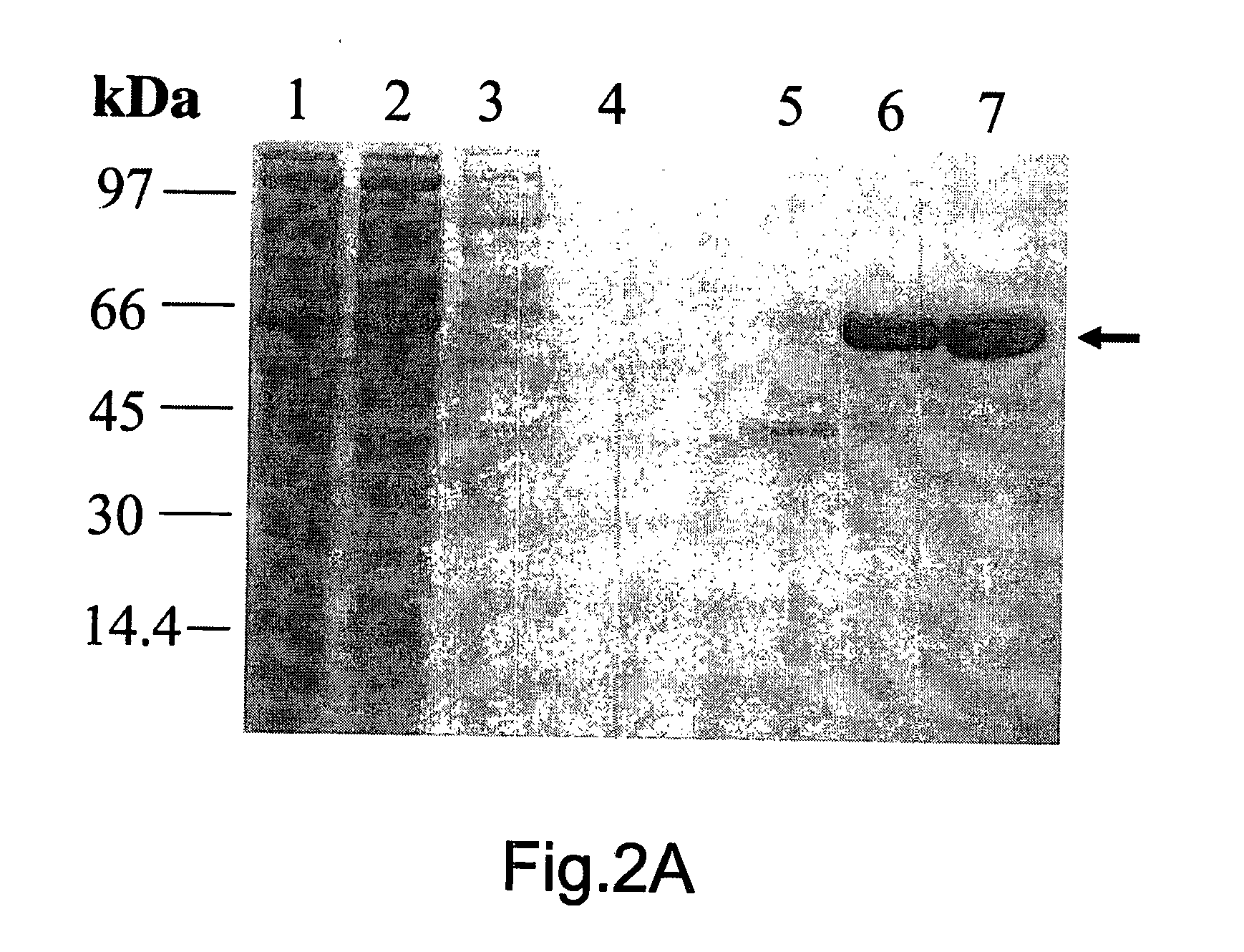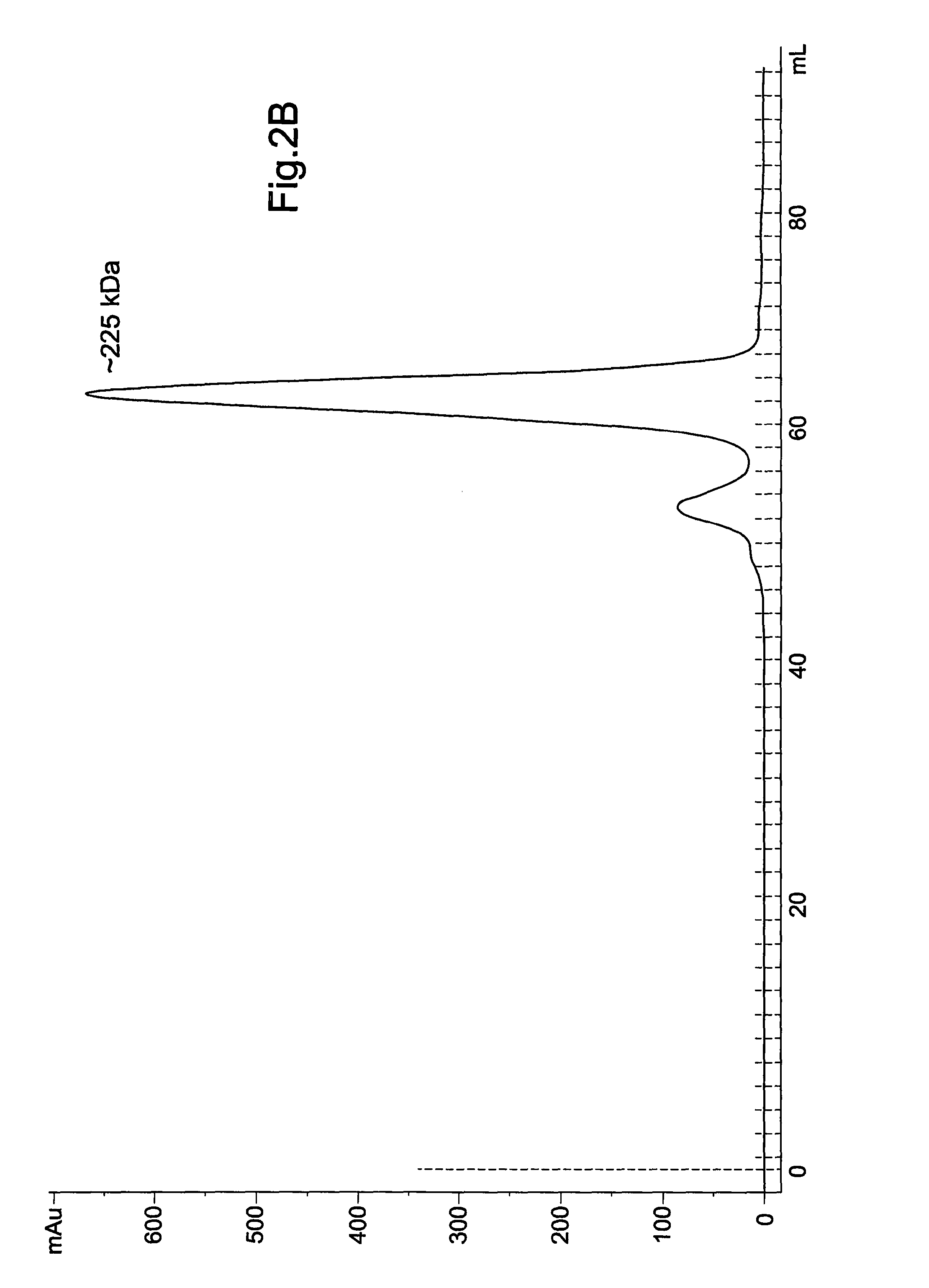Inositol Biotransformation
a biotransformation and inositol technology, applied in the direction of fertilization, etc., can solve the problems of complex structure, high chemistry and difficulty, and difficulty in synthesis, so as to achieve stable and/or maintain enzyme activity, high activity of t, and increase enzyme activity
- Summary
- Abstract
- Description
- Claims
- Application Information
AI Technical Summary
Benefits of technology
Problems solved by technology
Method used
Image
Examples
Embodiment Construction
[0054]The present invention will now be further described by way of example and with reference to the figures which show:
[0055]FIG. 1: shows structures of important biomolecules containing myo-inositol;
[0056]FIG. 2: shows the expression and purification of recombinant TbINO1: (A) TbINO1 was cloned into the expression vector pET 15b (N-terminal Hexa-His tag) and transformed into Rosetta competent cells, and grown, expressed and purified as described in experimental procedures. TbINO1 protein samples from each purification step were separated on a 10% SDS-PAGE gel and stained with Coomassie brilliant blue. Lane 1, cleared lysate; Lane 2, unbound to Ni′column; Lane 3, washed column; Lane 4, pooled elutions from Ni2+ column; Lane 5, pooled elution from Hi-Trap Blue Sepharose. (B) Purified recombinant TbINO1 was passed through a high-resolution gel-filtration Sephacryl S-300 column. Absorbance at 280 nm was monitored against elution volume. The column was calibrated with globular protein...
PUM
| Property | Measurement | Unit |
|---|---|---|
| pH | aaaaa | aaaaa |
| pH | aaaaa | aaaaa |
| OD | aaaaa | aaaaa |
Abstract
Description
Claims
Application Information
 Login to View More
Login to View More - R&D
- Intellectual Property
- Life Sciences
- Materials
- Tech Scout
- Unparalleled Data Quality
- Higher Quality Content
- 60% Fewer Hallucinations
Browse by: Latest US Patents, China's latest patents, Technical Efficacy Thesaurus, Application Domain, Technology Topic, Popular Technical Reports.
© 2025 PatSnap. All rights reserved.Legal|Privacy policy|Modern Slavery Act Transparency Statement|Sitemap|About US| Contact US: help@patsnap.com



